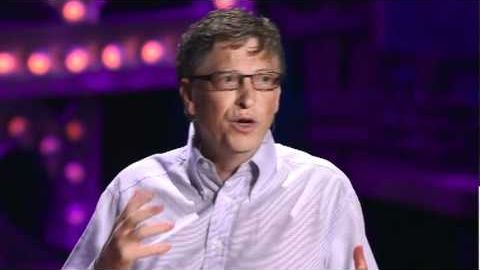
Subtitles & vocabulary
Bill Gates 比爾蓋茲談能源:至零方休的革新! (中英雙字幕)
00
mint10328 posted on 2014/03/02Save
Video vocabulary
people
US /ˈpipəl/
・
UK /'pi:pl/
- Noun (Countable/Uncountable)
- Persons sharing culture, country, background, etc.
- Men, Women, Children
- Transitive Verb
- To populate; to fill with people.
A1
More lot
US /lɑt/
・
UK /lɒt/
- Noun
- What happens to a person in life from chance; fate
- A group of people seen together
A1
More put
US /pʊt/
・
UK /pʊt/
- Transitive Verb
- To move or place a thing in a particular position
- To rate something in importance or value
- Phrasal Verb
- to make a light stop shining by pressing or moving a switch
A1
More important
US /ɪmˈpɔrtnt/
・
UK /ɪmˈpɔ:tnt/
- Adjective
- Having power or authority
- Having a big effect on (person, the future)
- Uncountable Noun
- A matter of great significance.
A1TOEIC
More Use Energy
Unlock All Vocabulary
Unlock pronunciation, explanations, and filters
